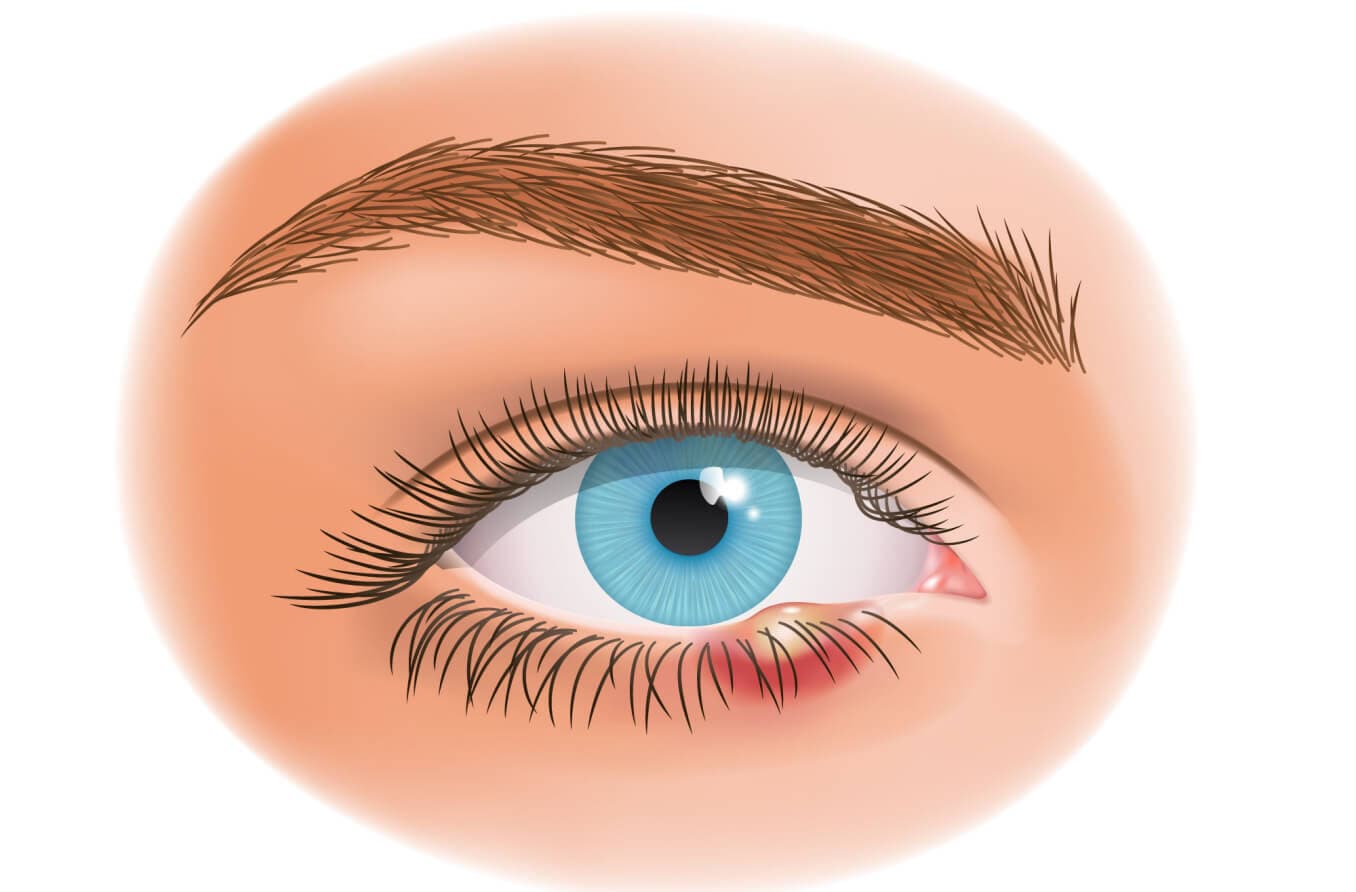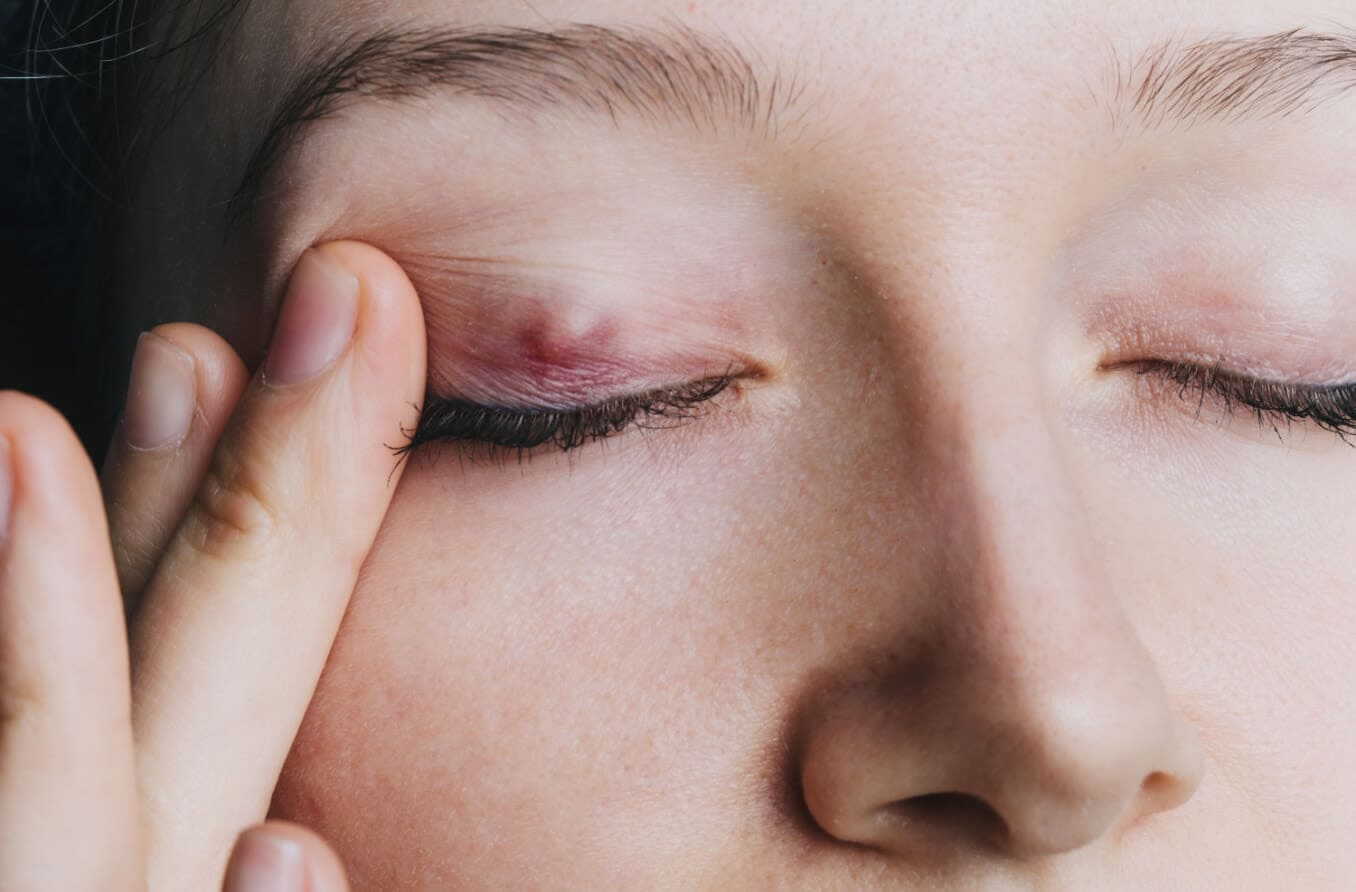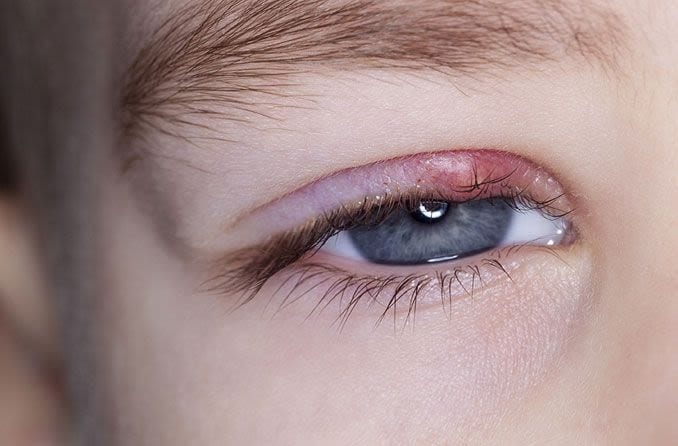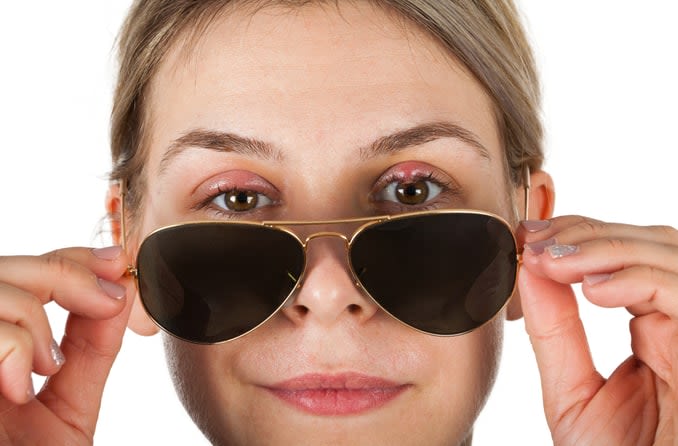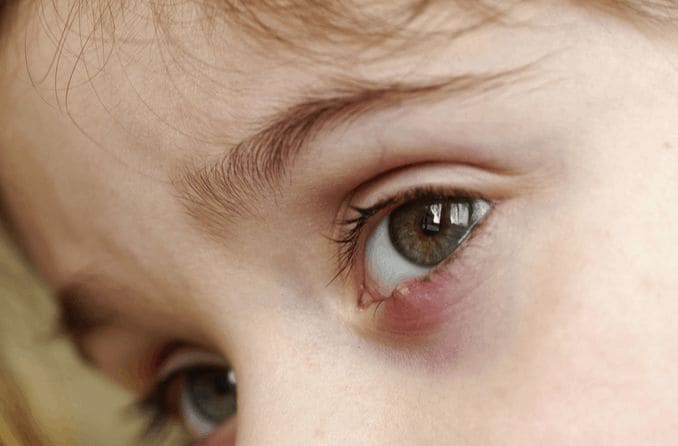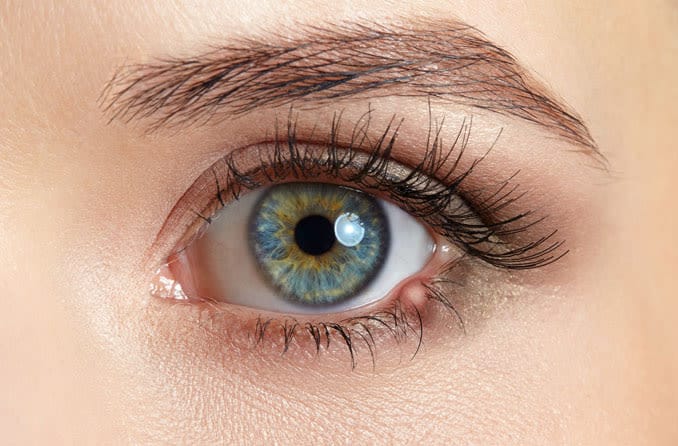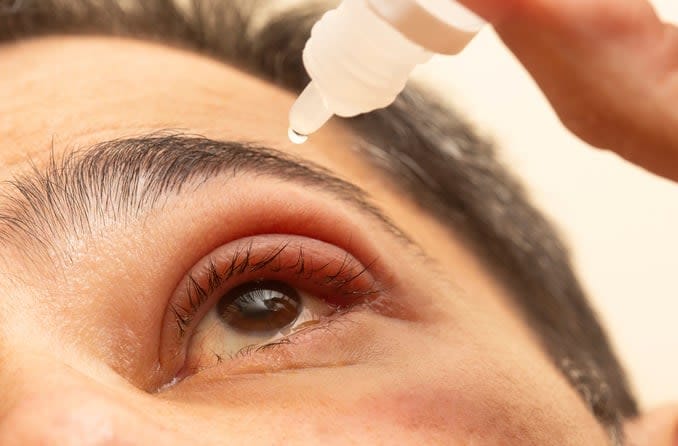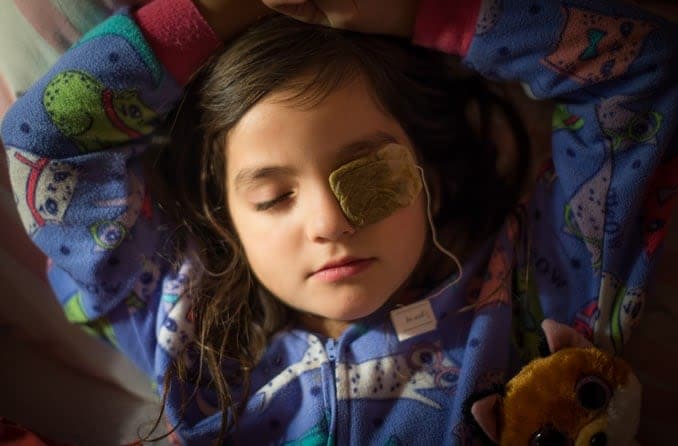In most cases, a hordeolum (also called a stye) is a swollen, painful eyelid bump located on the outer part of your lash line. This is an external hordeolum or stye.
However, it’s possible for a stye to develop inside your eyelid (further away from the base of your eyelashes). When this happens, it’s called an internal hordeolum.
So, what’s the difference between an internal stye and an external stye? To put it simply, they are infections of different types of eyelid glands.
Internal hordeolum
An internal hordeolum is an infection of a meibomian (“my-BOW-me-an”) gland in the eyelid.
Meibomian glands open at the base of the eyelashes, but extend relatively deep into the tissue of the eyelid. They secrete oil into the tear film that coats the front of the eye and keeps tears — which are made mostly of water — from evaporating.
Internal hordeolums develop when bacteria gets into the meibomian gland, causing an infection.
An internal hordeolum is typically present in only one eye at a time, though it’s possible for it to affect both eyes.
While an internal stye is not nearly as common as its external counterpart, it can be more painful, last longer, become chronic, or harden into a cyst or chalazion.
SEE RELATED: How long does a stye last?
Internal stye causes
Internal styes are typically caused by bacteria called Staphylococcus aureus (commonly called “staph” bacteria).
Staph bacteria are commonly found on our skin and in our noses and usually don’t cause a problem. But if they increase in number and infiltrate a Meibomian gland, this results in infection, inflammation and swelling.
Staphylococcus aureus is also one of the types of bacteria that cause conjunctivitis.
LEARN MORE: What causes a stye?
Internal stye symptoms
If any of the following symptoms persists for more than a week, it’s important to make an appointment with your eye doctor:
- Bump on or near your lash line
- Itching of the eyelid
- Eyelid swelling or redness
- Intense eye or eyelid pain
- Oozing or crusting along the lash line
- Eye redness
- Eyelash loss
Avoid scratching, squeezing or touching the stye while you’re experiencing symptoms. It’s also important to increase your hand washing during this time.
LEARN MORE: How to relieve a sore eyelid
Internal stye treatment
While medical attention should be sought if symptoms persist or become severe, an internal hordeolum can usually be treated using stye home remedies. At-home treatment options include:
- Applying a clean, warm compress on the affected eyelid.
- Keeping the eyes clean by flushing them with sterile eye drops.
- Gently massaging the eyelid with two fingers.
External hordeolum
An external hordeolum is an infection of the more superficial Zeis glands located near the margin of the eyelid at the base of the eyelashes.
These glands (also called glands of Zeis) secrete oil into the hair follicle of the eyelashes to keep them from drying out.
External stye causes
Like internal styes, external styes are typically caused by Staphylococcus bacteria.
Frequent hand washing, avoiding rubbing your eyes and good overall hygiene practices are essential to preventing external styes.
External stye symptoms
Common symptoms of an external stye include:
- Soreness and/or redness along the eyelash line
- Eyelid swelling
- Grittiness in the eye
- Eye pain
- Light sensitivity
- Eye tearing or watering
If any of these symptoms become severe, impair your vision or last longer than a week, it’s best to see an eye doctor.
External stye treatment
In most cases, external hordeolums heal on their own within a few days. Home remedies that may help an external stye go away include:
- Applying a clean, warm compress on the affected area for 10 to 15 minutes, up to four times per day. This motivates the stye to open and drain.
- Avoiding the use of contact lenses or eye makeup. It’s also recommended that when a stye develops, any mascara or eyeliner used prior should be discarded and eye makeup brushes be washed thoroughly.
- Gently massaging the stye with clean fingers to help loosen any fluid buildup. It’s important to wash your hands immediately before and after doing this to avoid spreading bacteria.
Antibacterial cream may be prescribed if you have multiple styes or if you develop styes frequently.
If painful, unsightly and persistent, you may need to consider surgical stye removal or drainage by an ophthalmologist.
